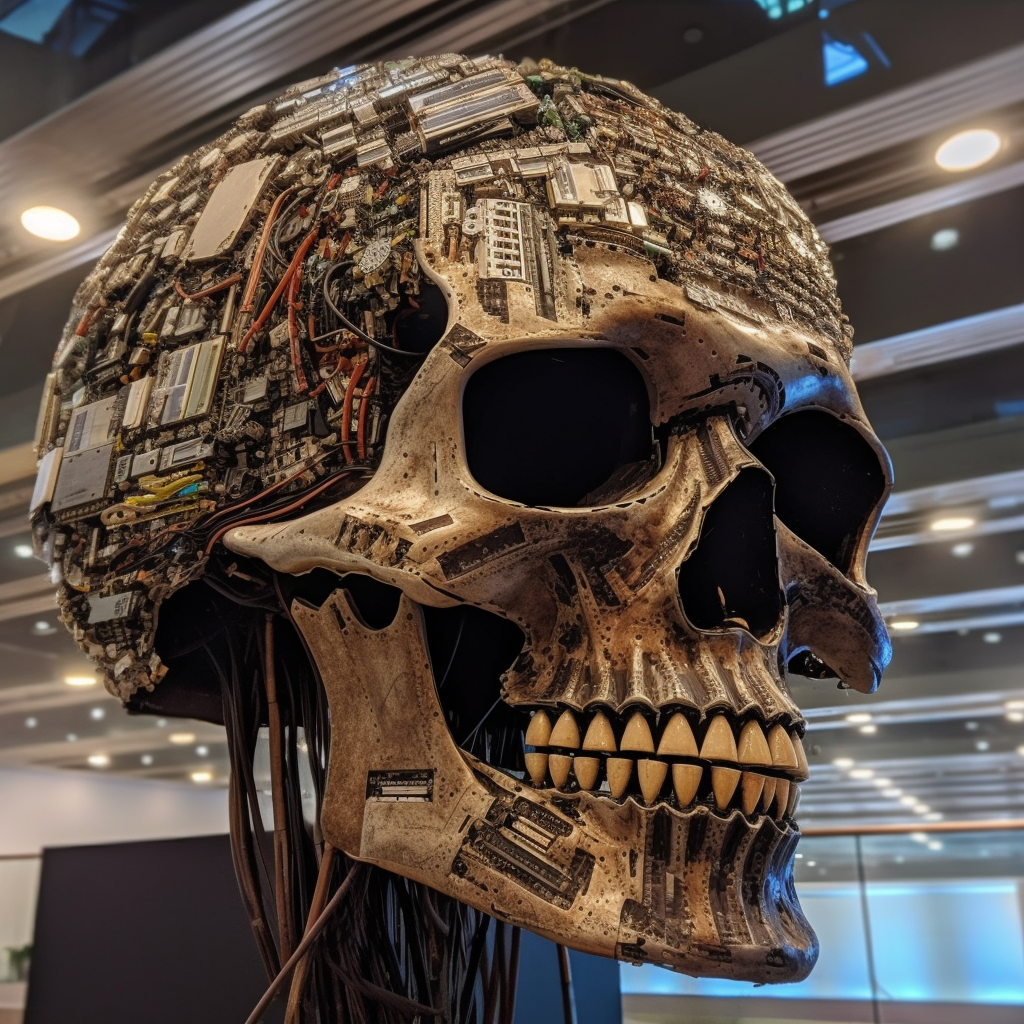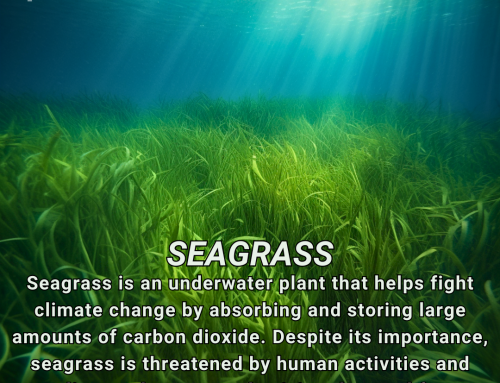
Bitcoin, the world’s most famous cryptocurrency, has been gaining a lot of attention in recent years due to its skyrocketing value and potential to transform the financial industry. However, its rapid growth has also raised concerns about its environmental impact. Bitcoin mining, the process of verifying transactions and adding them to the blockchain, requires a tremendous amount of energy, and much of that energy comes from fossil fuels.
In an effort to raise awareness about Bitcoin’s environmental impact, Greenpeace has partnered with activist artist Benjamin Von Wong to create a giant skull made of electronic waste. The skull, which was unveiled in New York City in March 2021, serves as a symbol of the negative impact that Bitcoin and other cryptocurrencies can have on the environment.
Von Wong, who has gained international recognition for his powerful art installations that raise awareness about social and environmental issues, worked with Greenpeace to collect over 2,600 pounds of electronic waste from the streets of New York City. The waste was then used to construct the giant skull, which measures 35 feet long, 13 feet wide, and 10 feet high.
The installation, titled “E-Waste Skull,” is a stunning visual representation of the impact that our technology consumption has on the environment. According to Von Wong, “The skull is a symbol of our mortality, a reminder that everything we do has a consequence. In the case of our digital lives, this consequence is often hidden from view, but it is very real.”
The partnership between Greenpeace and Von Wong is part of a larger effort to raise awareness about the environmental impact of Bitcoin mining. According to Greenpeace, Bitcoin mining consumes more energy than entire countries such as Argentina and the Netherlands. In addition, much of the energy used in Bitcoin mining comes from fossil fuels, contributing to greenhouse gas emissions and climate change.
In a statement, Greenpeace USA’s Senior Corporate Campaigner Elizabeth Jardim said, “Bitcoin is a dirty business. The cryptocurrency’s carbon footprint is comparable to that of New Zealand, and it is contributing to the worsening climate crisis. It’s time for companies and individuals to take responsibility for their energy consumption and transition to clean, renewable energy sources.”
Despite the concerns about Bitcoin’s environmental impact, some argue that the cryptocurrency can actually play a positive role in the transition to a cleaner energy system. Bitcoin mining requires a lot of energy, but that energy can come from renewable sources such as wind, solar, and hydropower. By incentivizing the development of renewable energy infrastructure, Bitcoin mining could potentially help accelerate the transition to a cleaner energy system.
Greenpeace’s partnership with Benjamin Von Wong to create the “E-Waste Skull” is a powerful reminder of the negative impact that Bitcoin mining can have on the environment. As the world becomes increasingly reliant on digital technology, it’s important that we consider the environmental consequences of our actions. By transitioning to clean, renewable energy sources, we can help mitigate the impact of our digital lives and build a more sustainable future.






